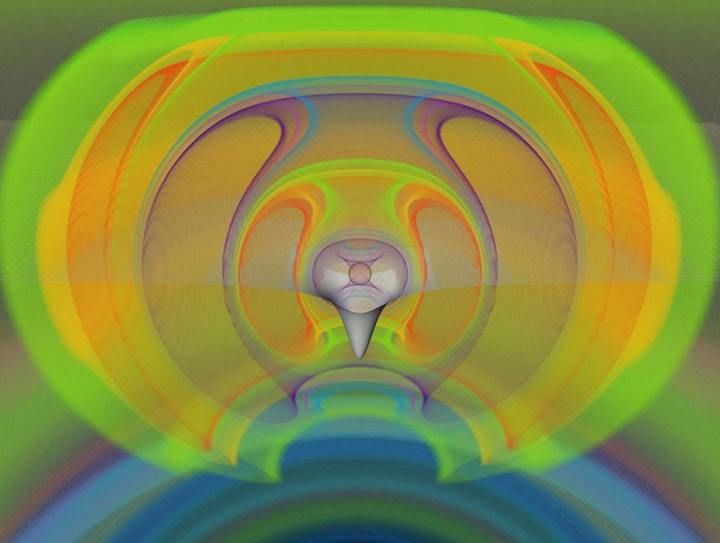21.01.2018

Neutron star upper limit found
German astrophysicists use LIGO data to reveal the maximum size a neutron star can grow. Andrew Masterson reports.
Data obtained from the breakthrough observation last year of two neutron stars colliding continues to drive new research and enable fresh insights into astrophysics.
The latest is the solution to a question that has remained unanswered for four decades: is there an upper limit to how big a non-rotating neutron star can grow before it collapses and becomes a black hole?
The answer, according to a team led by astrophysicist Luciano Rezzolla from Germany’s Goethe University, is yes, and that limit is precisely 2.16 times the mass of our own sun.
Neutron stars are very small bodies, with a radius of only about 12 kilometres, but incredibly dense – so much so that they produce gravitational fields comparable to those of a black hole.
Most of those so far discovered are estimated to have masses of about 1.4 times that of the sun, but there are some outliers, such as the rotating neutron star (otherwise known as a pulsar) dubbed PSR J0348+0432, which comes in a 2.01 solar masses.
Rezzolla and his team are confident that the derived upper limit for non-rotating neutron star mass is accurate to within only one or two percentage points. The calculation was based on previous work, also head by Rezzolla, on the maximum possible density for rotating neutron stars.
Basic physics holds that a rotating entity can have a greater mass than a similarly sized non-rotating one, because of the effects of centrifugal force. However, the act of rotation also places an upper limit on this gain, because above a certain acceleration, the outward forces will overcome gravity and cause the object to break apart.
In a study published in 2016, the German researchers calculated that rotation could only increase the stable mass of a neutron star by 20% before it would fly apart.
From the perspective of the new research, however, the key element was the methodology used to calculate the 2016 findings.
In treating data obtained from the measurement of a very large number of stellar models, Rezzolla and graduate student Cosima Breu realised that neutrons stars were all so sufficiently similar that the data behaved in a universal manner – that is, it could be expressed in a way that was effectively dimensionless. To the researchers, that meant the stars had “universal relations”.
In the new paper, published in Astrophysical Journal Letters, the scientists combined a universal relations framework with data from the 2017 neutron star collision and the electromagnetic radiation event, known as a kilonova, that accompanied it.
The approach allowed a simplified calculation that enabled theoretical predictions of non-rotating neutron star maximum mass to be accurately refined using real data.
“The beauty of theoretical research is that it can make predictions,” says Rezzolla.
“Theory, however, desperately needs experiments to narrow down some of its uncertainties. It's therefore quite remarkable that the observation of a single binary neutron star merger that occurred millions of light years away combined with the universal relations discovered through our theoretical work have allowed us to solve a riddle that has seen so much speculation in the past.”
Quelle: COSMOS
